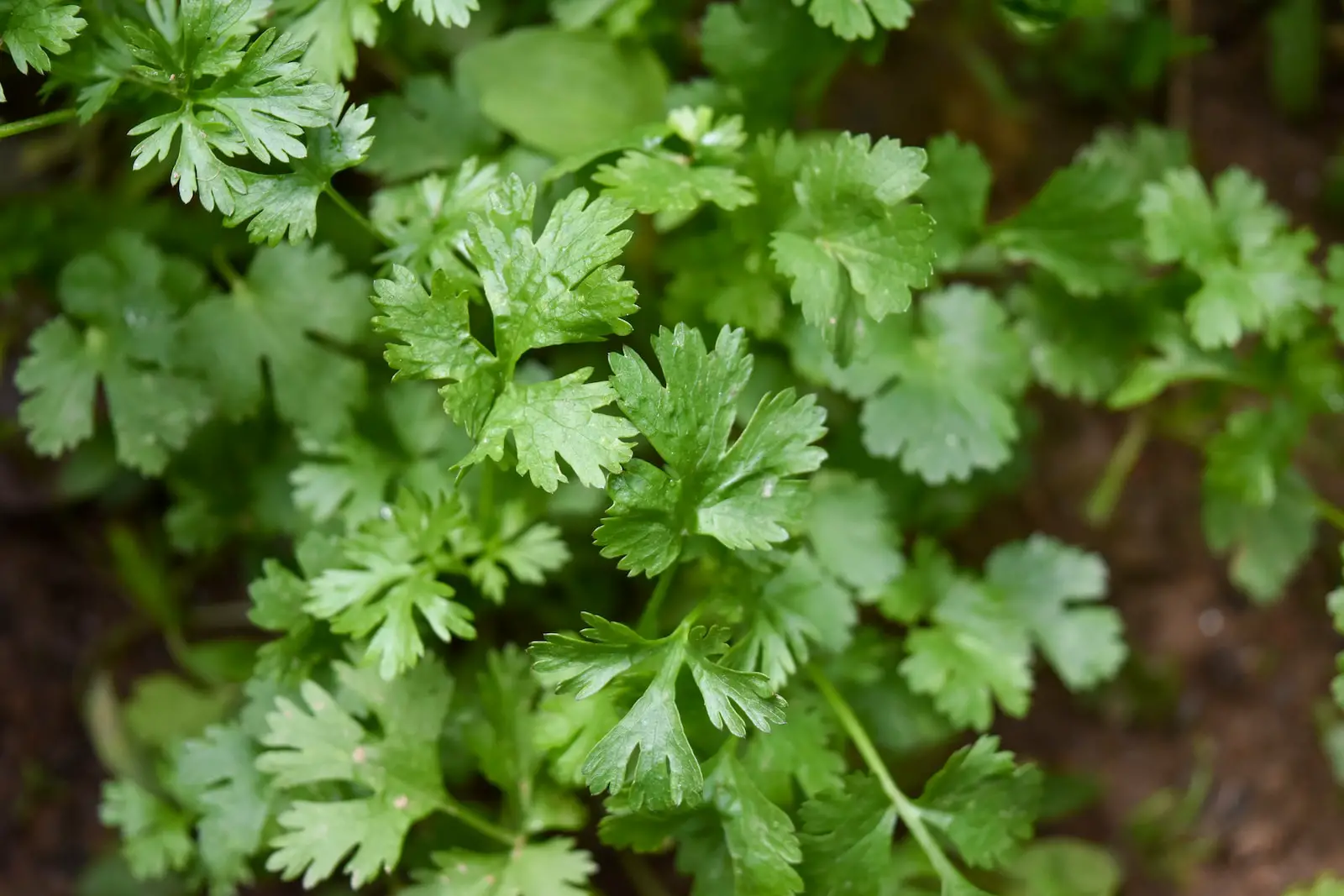Parsley, one of the most recognizable and widely used culinary herbs, has found its place in cuisines around the world. Its bright green leaves not only add a vibrant touch to dishes but also provide a fresh, slightly peppery taste. While most commonly known as a garnish, parsley is rich in vitamins and minerals and serves as more than just a decorative accent.
The two most common types of parsley are curly leaf and flat-leaf (Italian parsley). Curly leaf parsley has finely divided, ruffled leaves and is often used for garnishing. Flat-leaf parsley is preferred by many chefs for its robust flavor, which holds up well in cooking. Both varieties grow easily in gardens or containers, making them accessible for home growers.
Beyond its culinary appeal, parsley also has a history of medicinal use. Rich in antioxidants, it has been used traditionally to aid digestion, support immune function, and provide anti-inflammatory benefits. Its striking appearance and multifaceted uses make parsley an essential herb for gardeners, chefs, and health enthusiasts.
| Common Names | Parsley, Garden Parsley, Curly Leaf Parsley, Flat-Leaf Parsley |
|---|---|
| Botanical Name | Petroselinum crispum |
| Family | Apiaceae |
| Plant Type | Biennial herb |
| Mature Size | 10 to 14 inches tall |
| Sun Exposure | Full sun to partial shade |
| Soil Type | Loamy, well-drained soil |
| Hardiness Zones | 5 to 9 |
| Native Area | Mediterranean region |
Parsley Care
Caring for parsley is relatively straightforward, but attention must be given to selecting the proper location and providing consistent care. Parsley thrives in well-drained soil enriched with organic matter. Keeping the soil moist and applying a balanced fertilizer can encourage lush growth.
Parsley plants might need protection from extreme heat, and a layer of mulch can help conserve soil moisture. Regular harvesting of the leaves encourages further growth and ensures a steady supply of fresh parsley throughout the growing season.
Light Requirement for Parsley
Parsley grows best in full sun but can tolerate partial shade. In hot climates, providing afternoon shade can protect the plant from scorching.
Soil Requirements for Parsley
Well-drained, loamy soil enriched with compost or well-rotted manure provides an ideal growing environment for parsley. A pH range of 6.0 to 7.0 is preferred.
Water Requirements for Parsley
Parsley needs consistent moisture, especially during dry periods. Watering should be deep and thorough, allowing the soil to dry slightly between watering.
Temperature and Humidity
Parsley thrives in moderate temperatures and can tolerate light frost. It grows well in a wide range of humidity levels, but excessive humidity might lead to fungal diseases.
Fertilizer
A balanced, slow-release fertilizer applied at planting and mid-season will support healthy growth. Avoid excessive nitrogen, which can lead to lush growth at the expense of flavor.
Pruning Parsley
Regular harvesting or pruning of the leaves encourages new growth. Removing flower stalks can prolong the leaf-producing stage, as parsley tends to become less flavorful once it starts flowering.
Propagating Parsley
Parsley can be propagated by seeds or by dividing established plants. Division is usually done in early spring or fall.
How To Grow Parsley From Seed
Sow parsley seeds indoors 6 to 8 weeks before the last frost or directly outdoors in spring. Germination can be slow, so soaking seeds overnight may hasten the process.
Common Pests & Plant Diseases
Aphids
Wash off with water or use insecticidal soap.
Downy Mildew
Ensure good air circulation and avoid overhead watering.
Common Problems With Parsley
Yellowing Leaves
Could be a sign of overwatering or poor drainage. Adjust watering and improve soil if needed.
Leggy Growth
Often a result of insufficient light. Move to a sunnier location or supplement with artificial light.
Pro Tips
- Choose the right variety of parsley for your culinary needs and growing conditions.
- Harvest parsley by cutting stems near the base to encourage new growth.
- Grow parsley near tomatoes, as it can help repel certain pests that affect tomatoes.
- Consider growing parsley in containers if space is limited or soil conditions are not ideal.




